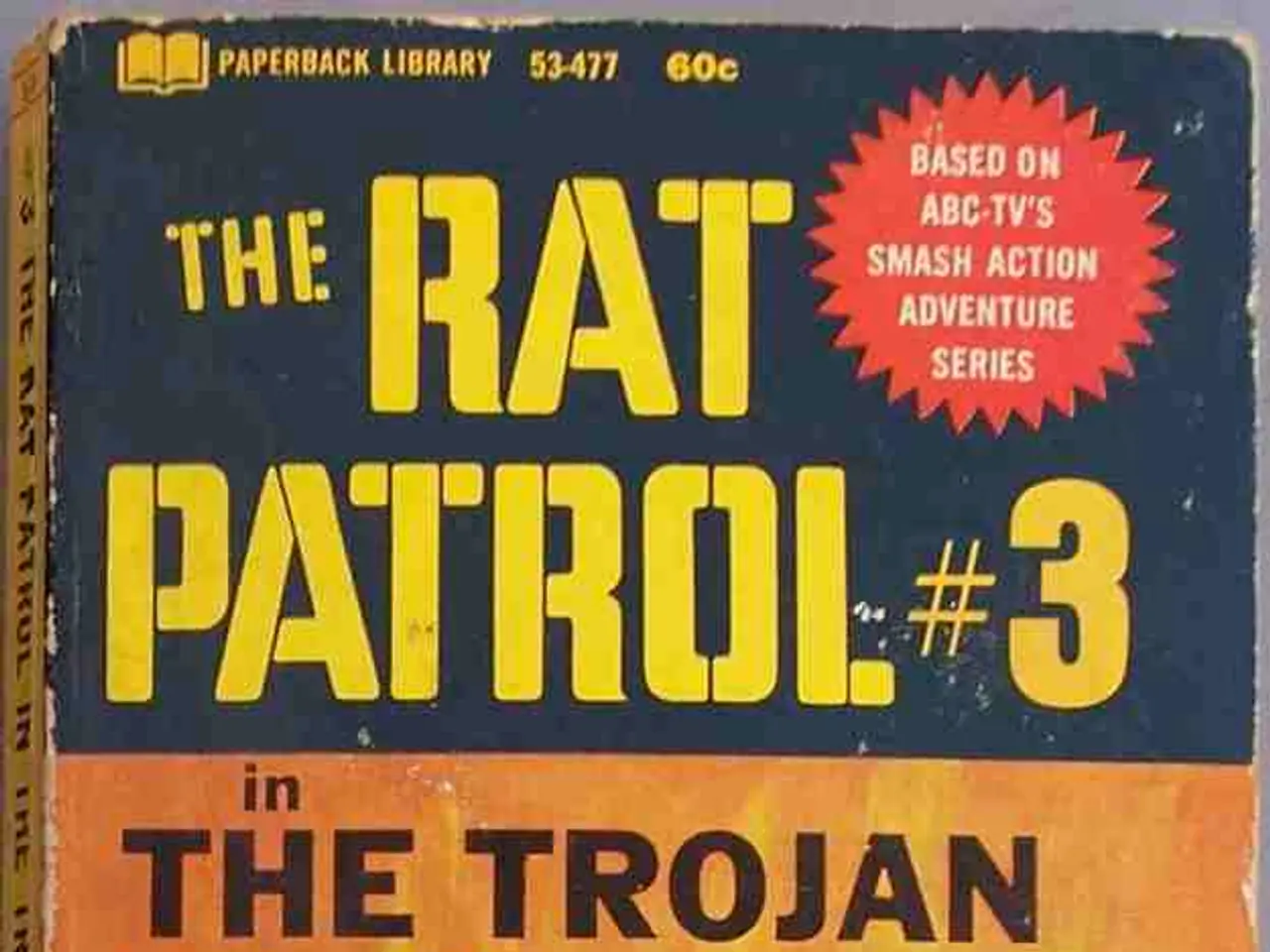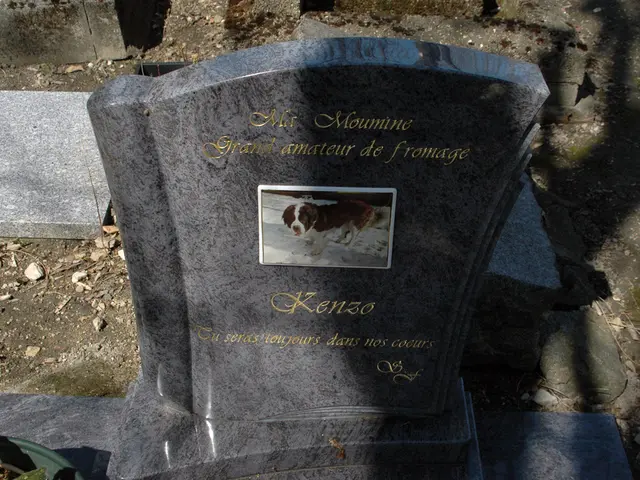'Cancer-causing and gene-altering substances': utilization of explosives in the Baltic Sea by divers
In the waters off Boltenhagen, a significant 30-day operation has begun as part of an immediate action program for munitions debris in the North and Baltic Seas. The operation, which has a total budget of 100 million euros in federal funds, is being carried out by the Baltic Diving and Salvage Company (Baltic Divers) and their specialized platform, the Baltic Lift.
The Baltic Lift, a repurposed tanker, operates independently and has been secured at four points for this operation. The platform will be used to recover approximately 15 tons of old munitions from the seabed of Wismar Bay, which is located on the Baltic Sea coast of Germany.
The munitions in question were sunk together with a scow during wartime, and most are likely to be located near the scow. Underwater sorting places have been deployed following an environmental monitoring process.
The recovery process is challenging, likened to playing Mikado by Pap, due to the delicate nature of the operation. Divers have already removed smaller munitions pieces from the cluster and brought 12.5-centimeter diameter grenades to the underwater sorting station.
However, this operation comes with its own set of risks. The corroding containers of the munitions release explosives piece by piece, which dissolve well in water. This could potentially lead to environmental impacts, such as disturbance to the seabed ecology, and the potential release of hazardous substances from the munitions, contaminating the water and sediments.
Health risks are also a concern. Exposure to unexploded ordnance or pollutants released during recovery processes could pose a threat to workers and nearby populations. There is also the potential for explosive detonation and toxic exposure.
To mitigate these risks, strict safety and environmental monitoring protocols are in place. Mussels will be exposed on the seabed near the operation site and tested for possible pollutants after the four-week operation.
Once recovered, the munitions will remain in new special containers underwater until a transport ship to Wismar is available, which is not expected until mid-August at the earliest. From Wismar, the recovered munitions will be transported to the federal-owned facility of the Gesellschaft zur Entsorgung von Chemischen Kampfstoffen und Rüstungsaltlasten in Munster, Lower Saxony.
Despite the risks, the project aims to analyze whether the recovery of munitions might have more negative impacts than leaving them on the seabed. With no direct search results on the environmental and health impacts of this specific project, it is recommended to consult environmental impact assessments or official reports from German maritime or environmental agencies overseeing such activities for precise information.
- This operation, centered around science and environmental-science, aims to address medical-conditions associated with climate-change, like polluted water and contaminated sediments.
- The recovery process in Wismar Bay is part of the health-and-wellness initiative for both workers and nearby populations.
- The industry involved in this project includes finance, energy, and transportation, as the operation requires substantial logistics and resources.
- The Baltic Lift, a reimagined tanker now used in environmental-science, will help reduce the impact of climate-change on the North and Baltic Seas.
- The Baltic Diving and Salvage Company (Baltic Divers) is an integral part of the industry, contributing to the health-and-wellness of the region.
- The delicate nature of the recovery process recalls the precision needed in sports like golf, where a single misstep could lead to disaster.
- The sports-betting industry might take an interest in the risks and challenges of the operation, much like baseball, football, hockey, basketball, premier-league, nba, nhl, racing, tennis, and mixed-martial-arts.
- Weather forecasting and sports-analysis are essential to ensure the safety of divers during the operation, much like predicting the score in a grand-prix race.
- The underwater sorting process could be likened to weather patterns, as both require careful observation and precise action.
- The operation will likely face unexpected challenges, reminiscent of automobile racing's unforeseen twists and turns.
- The recovery process could impact the seabed ecology, similar to controversies in European leagues or MLB over environmental concerns.
- The operation presents an opportunity for research on the long-term consequences of munitions debris on marine ecosystems, adding to the growing field of climate-change studies.
- The recovered munitions will undergo further analysis and proper disposal at a federal-owned facility for chemical weapons and munitions waste.
- Despite the potential risks, the operation offers a chance to improve the region's health-and-wellness by addressing the problem of munitions debris in the North and Baltic Seas.
- The public transit system in Germany might experience delays due to the transport of recovered munitions, comparable to road closures during major sports events.
- To ensure the success of the operation and protect the environment, it is crucial to follow stringent safety and environmental monitoring protocols, much like adhering to rules in various sports to maintain fairness and safety for all participants.




